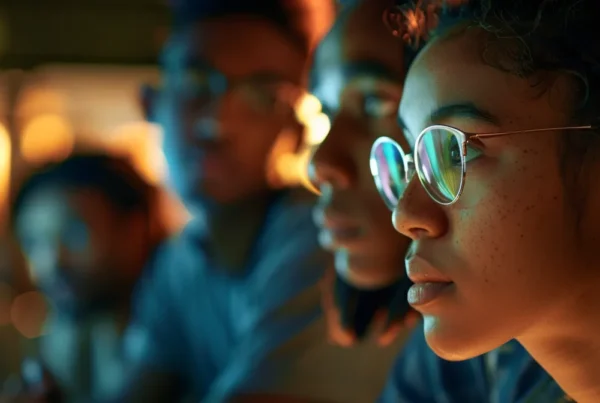In the competitive realm of advertising, the power of a well-crafted headline cannot be overstated. It’s the first point of contact with your audience, the make-or-break moment that can either capture interest or let it slip away. To guide you through the process of creating headlines that resonate, let’s analyze examples from a dataset of top and bottom-performing English headlines, extracting key lessons from their successes and shortcomings.
1. Know Your Audience: Tailor Your Message
Top Performer: “Villagers Stress-Free Beach Day? 🏖️” Bottom Performer: “SOAR Through The Swamp”
The top headline directly appeals to a specific group (“Villagers”), creating an instant connection. The bottom headline, while creative, lacks a clear target audience and direct appeal.
Tips:
- Understand Your Audience: Research their interests and preferences.
- Speak Their Language: Use terms and phrases that resonate with their lifestyle.
2. Urgency and Exclusivity: Drive Immediate Action
Top Performer: “New Listing… See it Before Anyone Else” Bottom Performer: “Solar Panels, how much can you actually save?”
The top headline creates a sense of urgency and exclusivity, compelling the reader to act quickly. The bottom one, though informative, lacks a sense of immediacy or unique offer.
Tips:
- Use Time-Bound Phrases: Words like “Now,” “Today,” or “Exclusive” can be effective.
- Make It Special: Suggest that the opportunity is rare or limited.
3. Clarity Above All
Top Performer: “🛑 STOP! One thing every 50-85 year old MUST do!” Bottom Performer: “Claim Your Roadmap To Retirement Wealth Now 🚀”
The top headline is straightforward and targets a specific age group with a clear message. The bottom one, while intriguing, is vague and doesn’t specify what the offer is.
Tips:
- Be Direct: State your offer or desired action clearly.
- Avoid Ambiguity: Your headline should be easily understood at first glance.
4. Emojis and Personalization: Enhance Engagement
Top Performer: “🏡🔑 Sweet Deals in {{city.name}}” Bottom Performer: “A fine arts program for creative children!”
The top headline uses emojis and personalization effectively, making it more engaging and relevant. The bottom performer, though targeted, lacks visual appeal and a personal touch.
Tips:
- Choose Relevant Emojis: Pick emojis that complement and enhance your message.
- Personalize When Possible: Tailor your headline to the reader’s specific context.
5. Benefits, Not Features
Top Performer: “Learn About The Best Medicare Benefits” Bottom Performer: “New Semaglutide”
The top headline clearly highlights a benefit, directly appealing to the reader’s interests. The bottom headline, while naming a product, doesn’t convey its benefits to the consumer.
Tips:
- Focus on the Advantage: Emphasize how your product or service improves the reader’s life.
- Use Benefit-Oriented Language: Words like “Enhance,” “Boost,” “Gain” can be impactful.
6. Test and Adapt
The final key to mastering headline writing is continuous testing and adaptation. Experiment with different styles and formats to discover what truly engages your audience.
Tips:
- Conduct A/B Testing: Try varying your headlines to see which one performs better.
- Measure and Analyze: Use engagement metrics to refine your approach.
Conclusion
Creating effective headlines is a crucial skill in advertising. By understanding your audience, instilling urgency, maintaining clarity, using emojis and personalization smartly, focusing on benefits, and continually testing your headlines, you can significantly increase the impact of your advertising campaigns. Remember, your headline is your first and sometimes only chance to engage your audience—make every word count!



